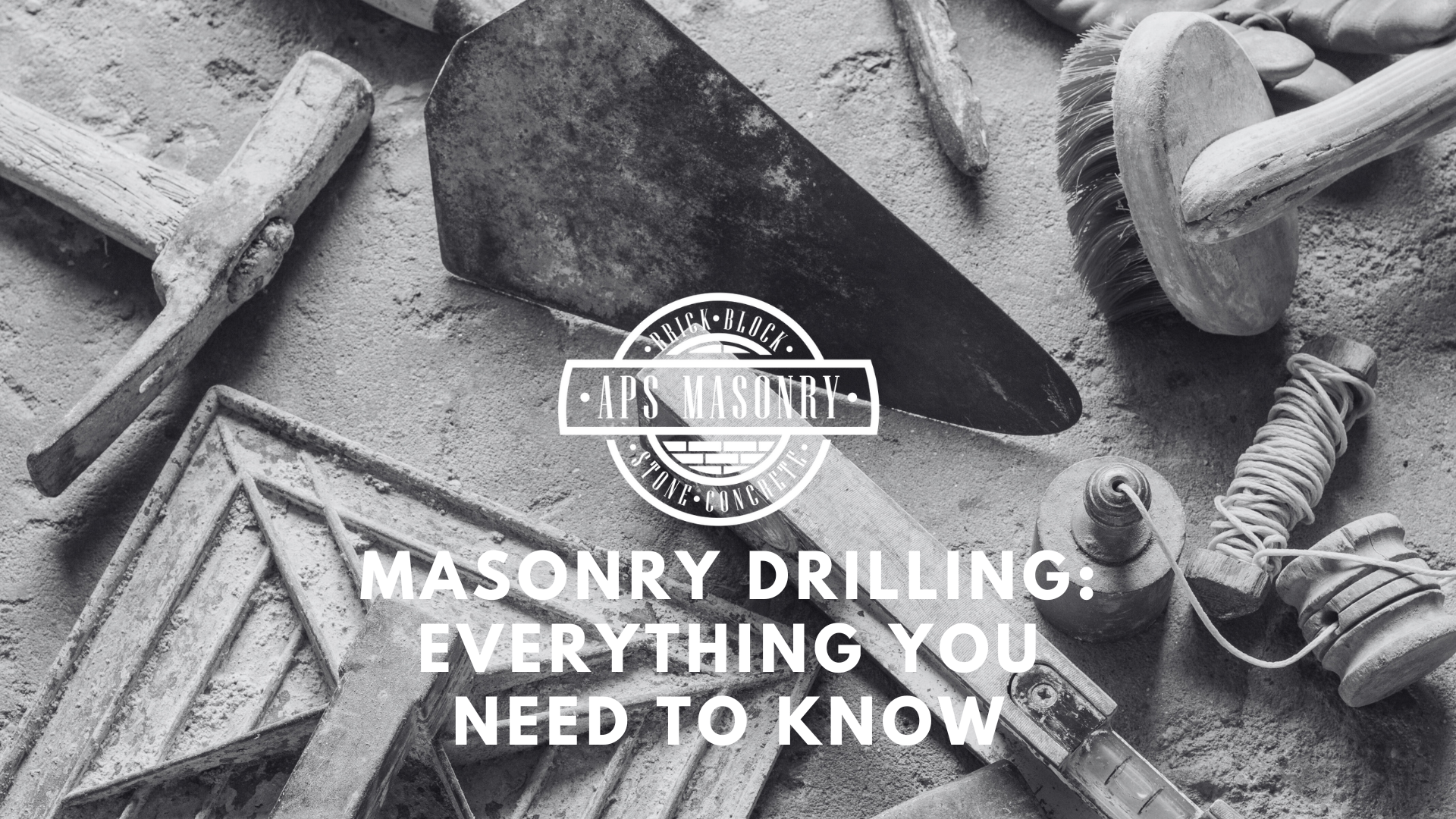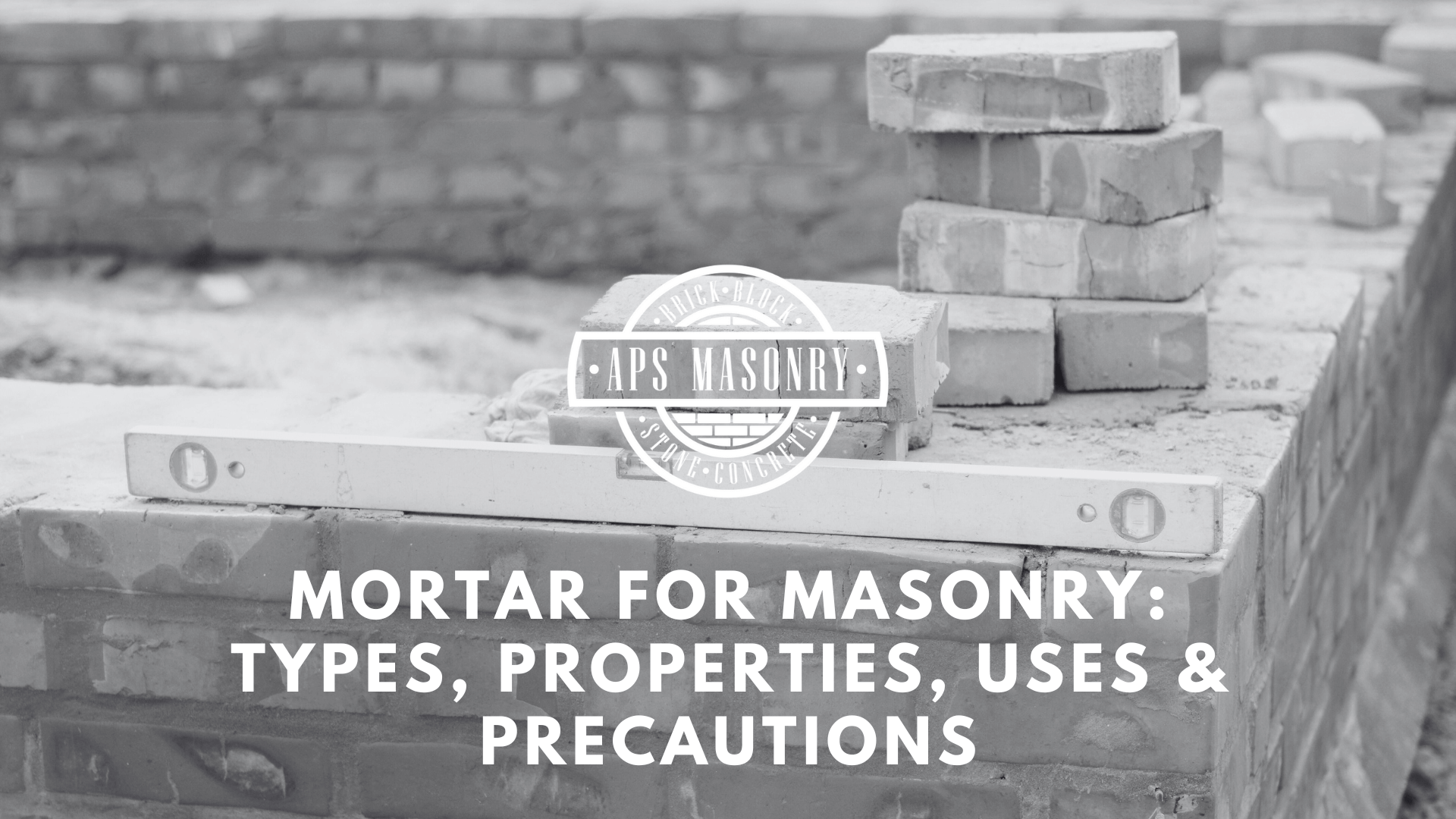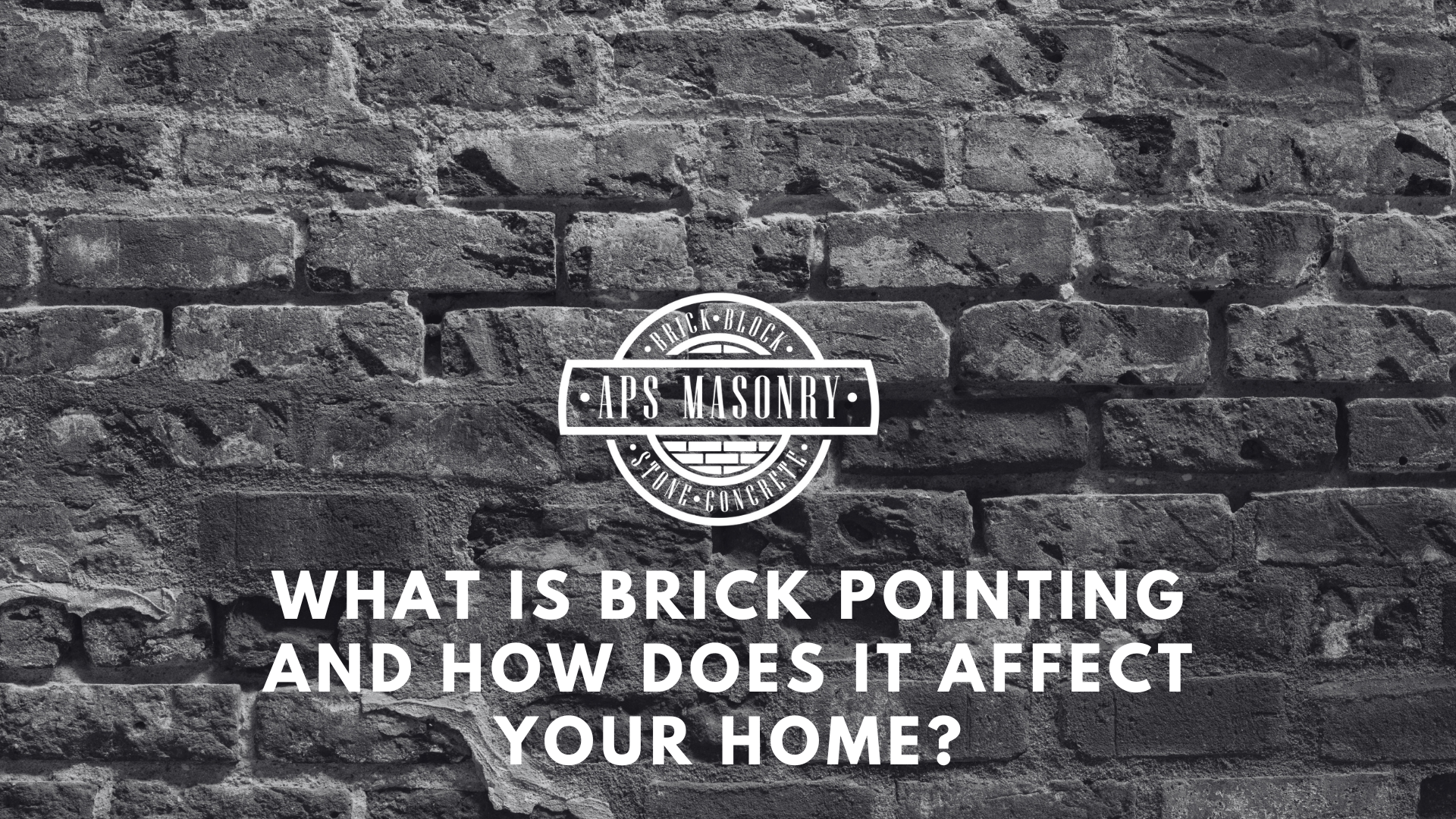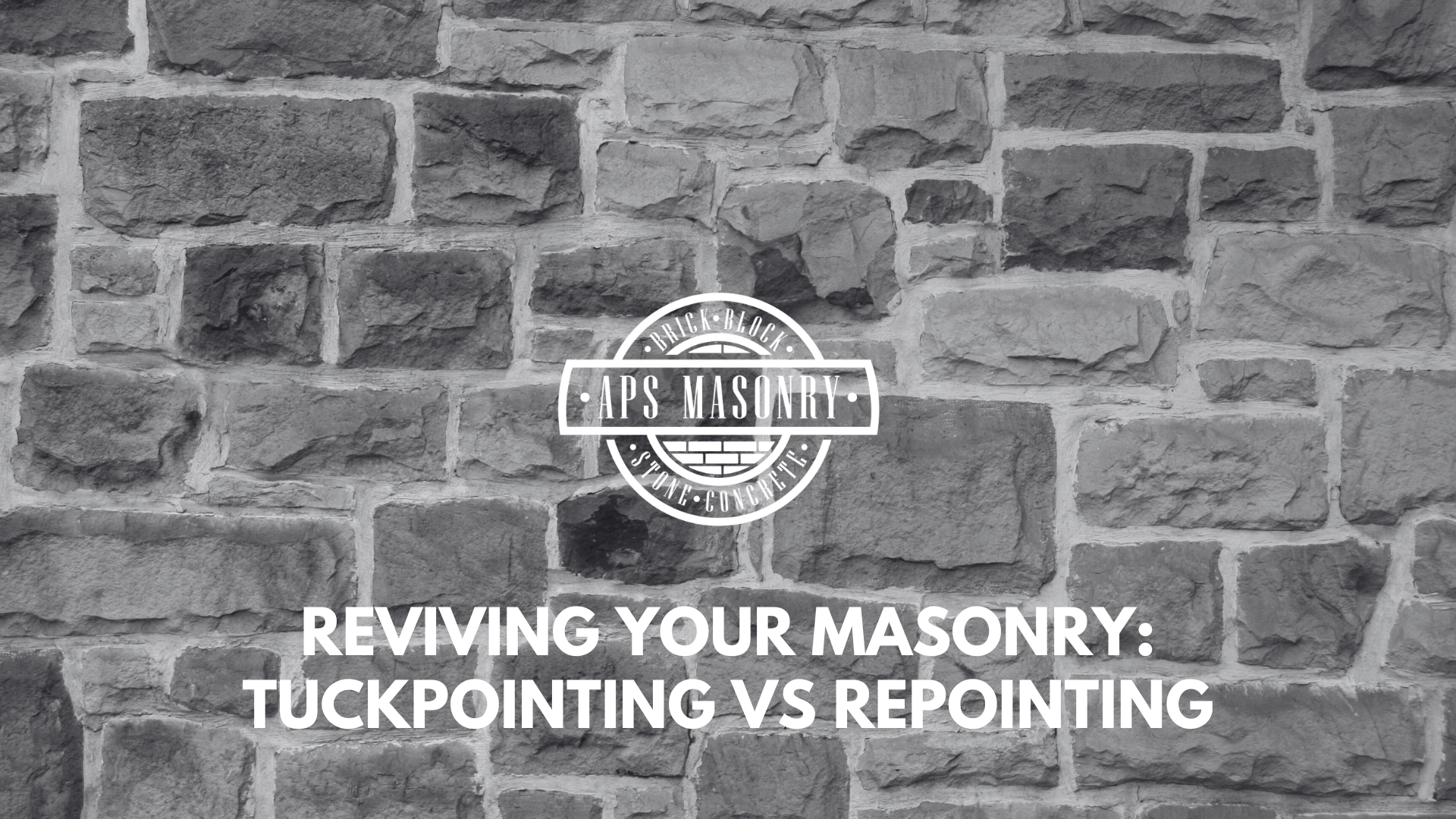Understanding Mortar: Types, Properties, and Uses in Masonry
Mortar is a necessary building material that helps stick bricks, stones, or concrete blocks together to form sturdy structures. There are different...

Masonry drilling is an important skill in both construction and various DIY projects. This process involves creating holes in materials like brick, concrete, and stone using specialized tools such as a hammer drill or a rotary hammer drill.
If you plan to drill brick or mortar to set up masonry screws, installing fixtures, or anchoring heavy objects, understanding the right techniques and tools is important. Drill bits, specifically masonry drill bits, are key in achieving clean, precise holes.
For professionals and hobbyists alike, to drill holes competently ensures project success and enhances safety and efficiency.
Masonry drilling is the process of boring holes into hard materials such as brick, stone, and concrete, typically using a hammer drill or rotary hammer drill.
These materials require specialized masonry drill bits made with materials like carbide to withstand the pressure of drilling into hard surfaces.
Common applications of masonry drilling include:
The technique differs from regular drilling due to the materials' hardness, requiring specific equipment and techniques to ensure accuracy and prevent damage to the drill or surface.
The decision between a hammer drill and a rotary hammer drill is important in masonry drilling, largely due to the project's scale and the material's hardness. A hammer drill, exemplified by models like the Makita HR2475, is typically lighter and more versatile. It is suitable for light to medium-duty tasks when drilling brick or lighter concrete. Hammer drills deliver a rapid succession of short hammer thrusts to pulverize the material while the bit rotates.
In contrast, a rotary hammer drill, such as the Milwaukee 2715-22, is designed for more demanding tasks. It combines rotary drilling with a hammering action that is more powerful and persistent than that of a standard hammer drill. This makes it the tool of choice for professional-grade jobs involving dense materials like thick concrete or natural stone. Rotary hammer drills also have a chiseling function, which can be invaluable for removing tiles or old mortar.
The decision also hinges on factors like user comfort and project duration. Rotary hammer drills, while more powerful, are also heavier and can lead to faster fatigue. For quick, light jobs, a hammer drill might be more practical. In contrast, for prolonged use or more challenging materials, the efficiency and power of a rotary hammer drill are unmatched.
This careful selection ensures that the tool matches the job and provides the durability and performance needed for efficient and effective masonry drilling.
A key feature of these bits is the carbide tip, known for its hardness and resistance to heat, which allows for efficient drilling into tough materials. To drill into brick and mortar is not simple and the drill bit is as crucial as the drill itself in masonry drilling. Masonry drill bits are designed to cut through hard materials like concrete, brick, and stone.
Selecting the right size and type of bit is critical for specific tasks:
Selecting the right size and type of bit is vital. Using a bit too small leads to ineffective drilling and potential bit breakage, while a too-large bit damages the material.
For precision tasks, such as setting anchors or creating pilot holes for screws, choosing the exact diameter and length of the bit is key for successful drilling outcomes.
Proper preparation is vital for effective and safe masonry drilling. This includes selecting the right safety gear and correctly setting up the work area.
These steps ensure a smoother drilling process and minimize risks, making your masonry drilling project safer and more efficient.
Masonry drilling can be straightforward with the right approach. Here's a secure approach, broken down into key steps:
Marking the Drilling Point
Setting Up the Drill
The Drilling Process
Cleaning and Finishing
By following these steps, even novices will achieve professional results in masonry drilling, ensuring both precision and safety in their projects.
.jpg?width=496&height=279&name=APS%20M%20Template%20(20).jpg)
Drilling into hard materials like concrete requires advanced techniques to guarantee precision and safety. For deeper and larger holes in tough materials, consider these tips:
Applying these techniques ensures successful drilling even in the most challenging masonry tasks.
Proper maintenance and care are necessary for the longevity and performance of your masonry drilling tools. Regularly cleaning drill bits and power tools, such as hammer and rotary hammer drills, is important.
After each use:
Such meticulous care extends the life of your tools and ensures they are ready and reliable for your next masonry project.
One frequent mistake is using the wrong drill or drill bit for the material. For instance, employing a regular drill instead of a hammer drill or rotary hammer drill for hard materials like concrete can lead to inefficient drilling and potential damage to the tool and the surface.
Another error is applying excessive force, which can break the bit or crack the material. Letting the tool do the work and applying steady, moderate pressure is crucial.
Neglecting safety measures, like not wearing protective gear such as safety glasses or leather gloves, can lead to accidents. Additionally, failing to mark the drilling point properly or using a dull bit can result in inaccurate drilling.
Avoiding these pitfalls by choosing the right tools, applying correct techniques, and adhering to safety protocols ensures a smooth and successful masonry drilling experience.
To enhance efficiency and precision in masonry drilling, consider these tips: Firstly, use a pilot hole to guide larger bits and ensure accuracy. For increased stability, brace your drilling hand with your free hand or use a guide attachment.
When drilling into tough materials like concrete, periodically withdraw the bit to clear out dust and reduce heat build-up. Lastly, marking the drilling depth on the bit with tape can help maintain consistent hole depths, a crucial aspect for projects requiring uniformity.
Ready to tackle your masonry project with confidence? Contact APS Masonry today! Our licensed and insured Mason team has years of experience providing high-quality masonry services to commercial customers throughout Philadelphia. Whether you need expert advice, professional assistance, or a skilled hand to complete your project, we've got you covered. Reach out to us now to get started!
Successful masonry drilling hinges on choosing the right tools, like a hammer drill or rotary hammer drill, and appropriate masonry drill bits. Remembering safety protocols and employing proper techniques ensures precise and efficient results.
The only holes you want are intentionally drilled holes, not mortar holes. With these guidelines, you will confidently tackle masonry drilling tasks, ensuring safety and effectiveness in your projects.
Although admirable, taking on any masonry project requires skill, practice, patience and a keen eye for detail. There is no shame in seeking out professionals with years of experience to give that masterful final touch.
A regular drill can be used for light masonry tasks, but a hammer drill or rotary hammer drill is recommended for more efficient and effective drilling in hard materials like concrete and brick.
Match the drill bit size to the diameter of the hole you need. Use a bit corresponding to their size for a snug fit for anchors or screws.
Replace bits when they become dull or damaged. Frequent use or drilling into very hard materials can accelerate wear.
Always wear safety glasses to protect your eyes from dust and debris, and use leather gloves for improved grip and hand protection.
Applying full weight pressure is not recommended, as it can lead to excessive strain on both the drill and the operator. Instead, use steady, moderate pressure to allow the drill to work effectively without risking damage or fatigue.
While masonry drill bits are designed for drilling holes, they are not suitable for screwing directly into brick or concrete. It is important to pre-drill pilot holes using appropriate drill bits before inserting screws to ensure proper anchoring and prevent damage to the surface or the screws themselves.
Avoid pushing too hard when drilling into masonry surfaces, as it can result in bit breakage or surface damage. Instead, let the drill bit and the drill's rotation do the work. Apply consistent, gentle pressure to maintain control and prevent overheating or binding of the drill bit.

Mortar is a necessary building material that helps stick bricks, stones, or concrete blocks together to form sturdy structures. There are different...

Brick-pointing is very important for maintaining the structural integrity and beauty of your home. This process involves repairing and filling the...

In masonry, two important techniques maintain and restore the charm and stability of brick structures: tuckpointing and repointing.